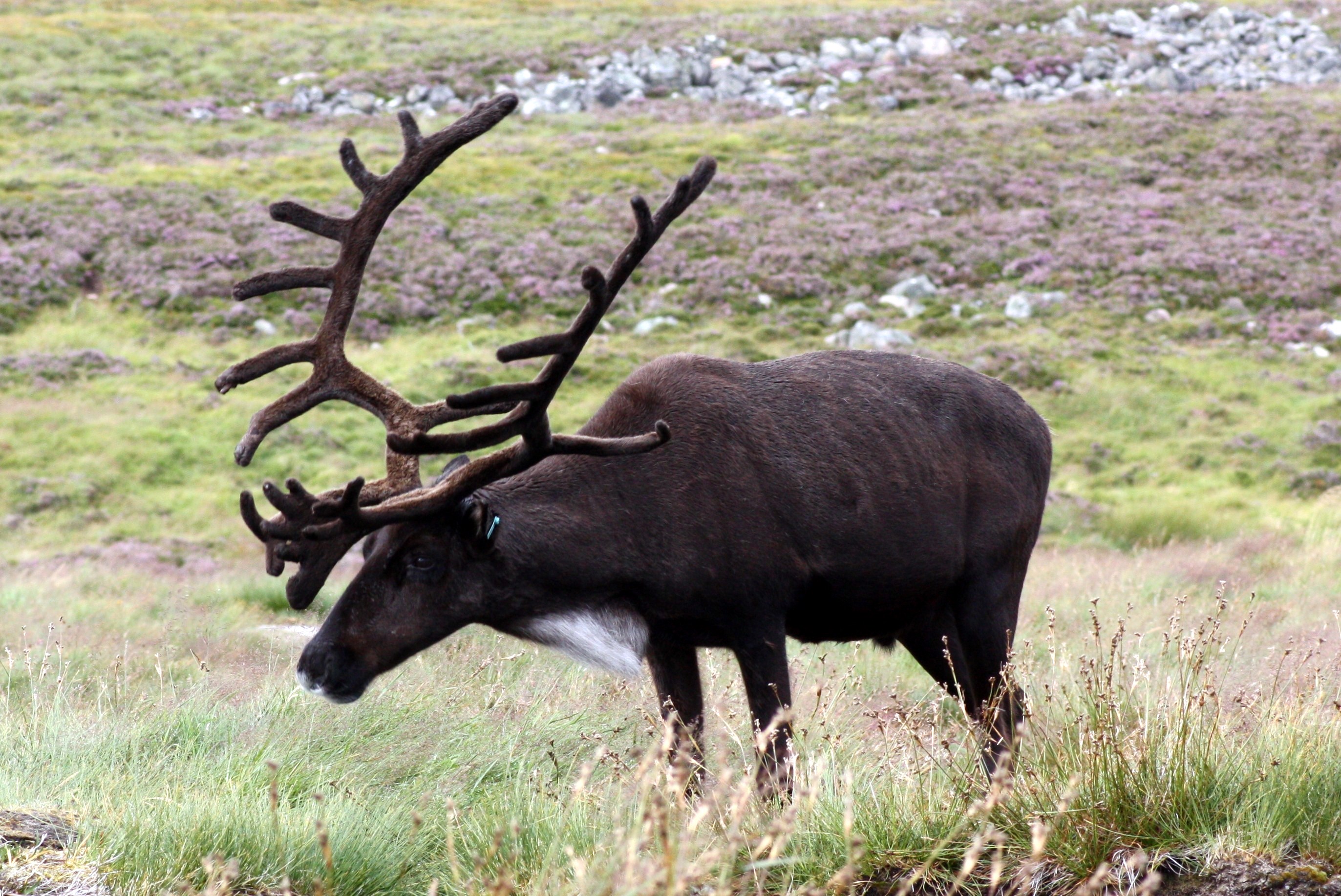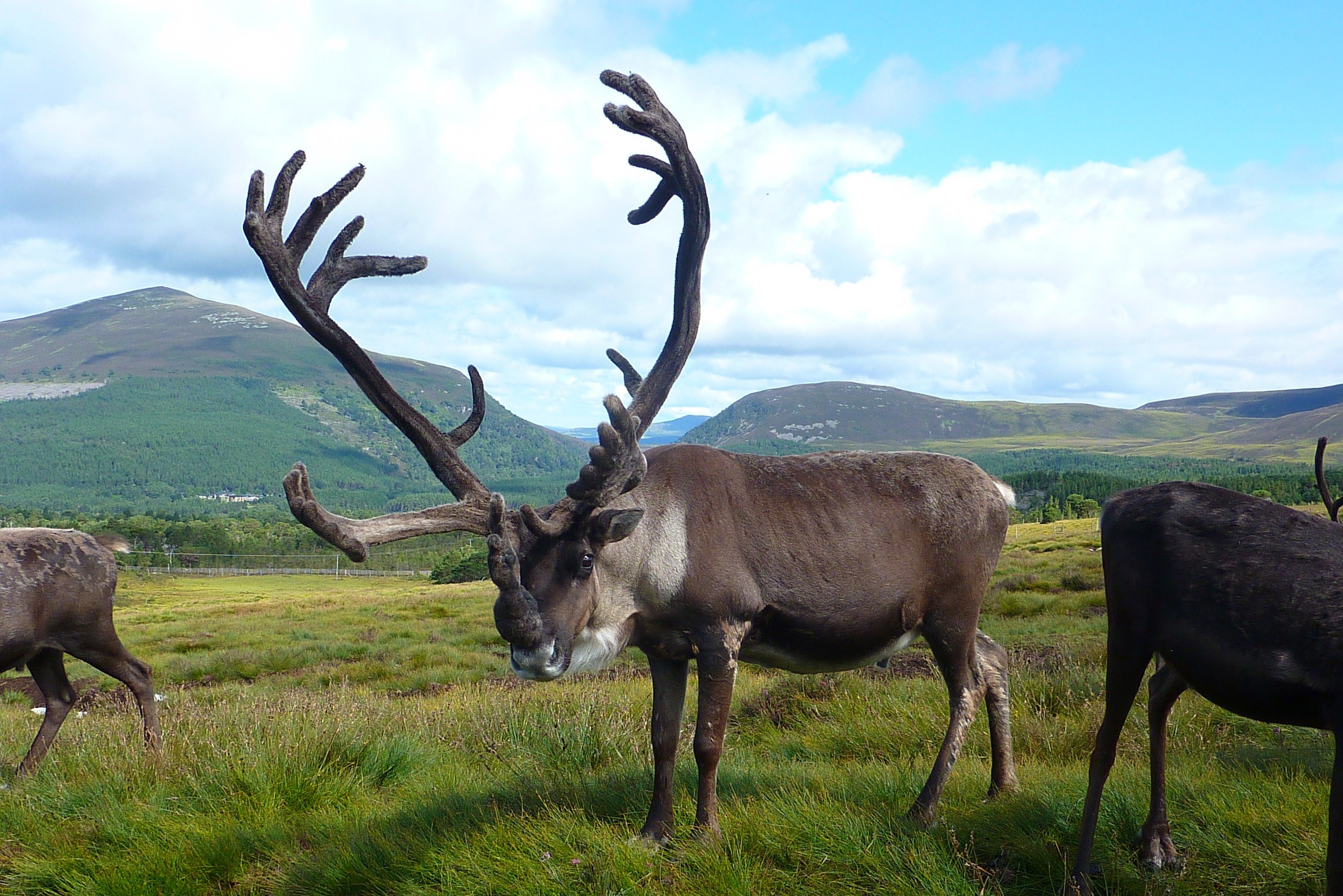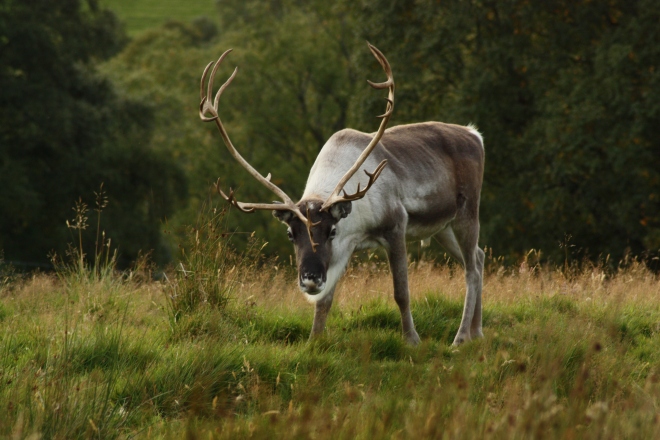It’s been a long time since I found time to write about a reindeer who’s no longer with us, but I’m acutely aware that it is high time for me to take my turn to write a blog, so here we are.
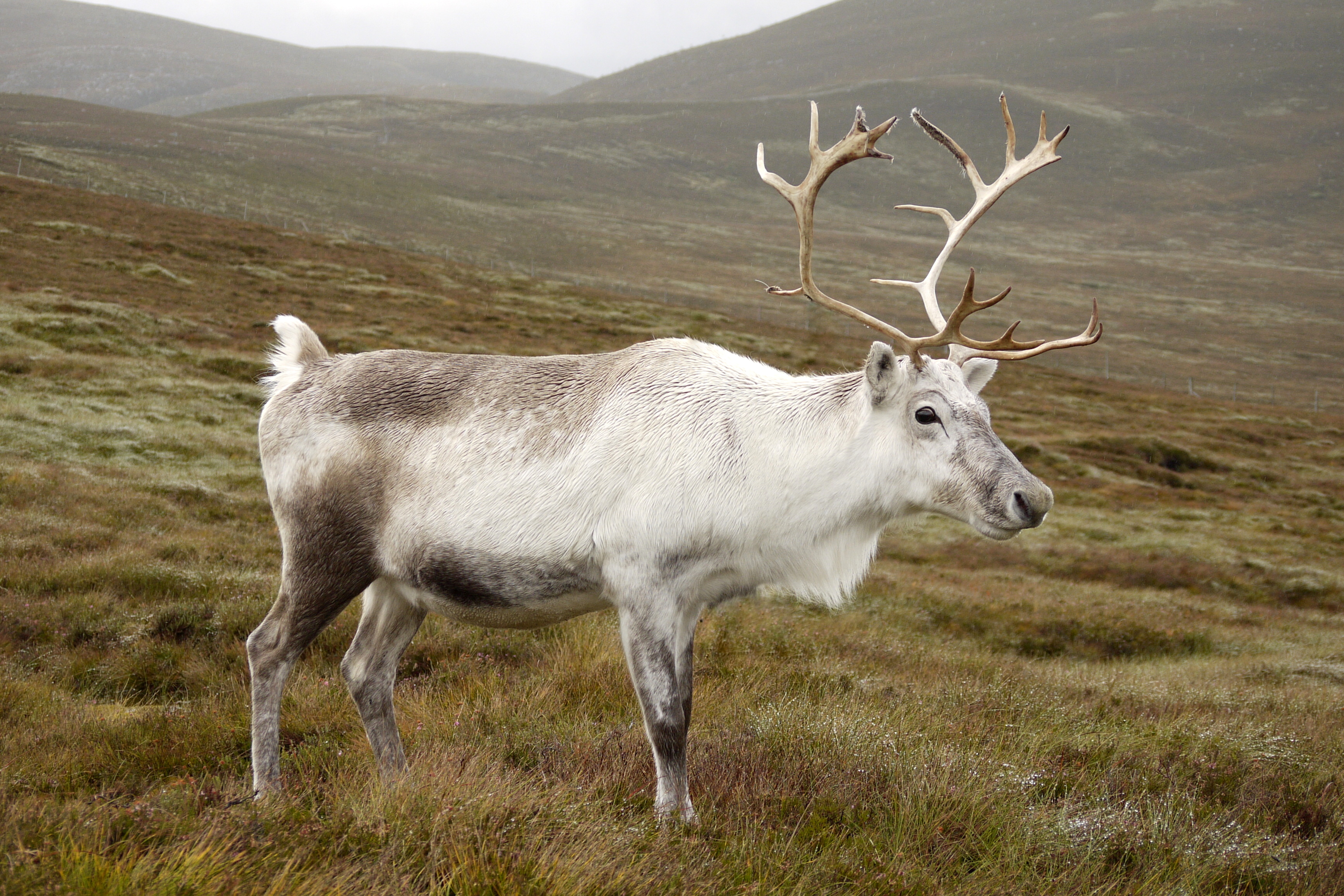
This time I thought I’d pick Chelsea, who only died last year but she’d lived a good long life and been around for the vast majority of my time here, so she seems like a good choice. Born in 2009, she was Glacier’s second to last calf, and Glacier was a very productive female so Chelsea was from a large family line! Like Glacier, Chelsea was a light coloured reindeer, but one without face markings, which is actually a rarity in our herd nowadays – most light coloured reindeer also have distinctive face markings. But Chelsea came from a line of light reindeer – mum Glacier, granny Ferrari and great-granny Vivi were all the same colouration, and doubtless ancestors before were too (but I don’t have that info to hand just now).

Despite Glacier being a lovely, tame reindeer, Chelsea was always much more ‘independent’ – the word we use to describe a reindeer who is on the ‘wilder’ side! I remember her well as a calf – mainly from battling with her trying to get her used to wearing a halter. All our calves are trained to halter at around 5 months old, and Chelsea certainly had a lot of attitude and strong opinions about the whole affair.
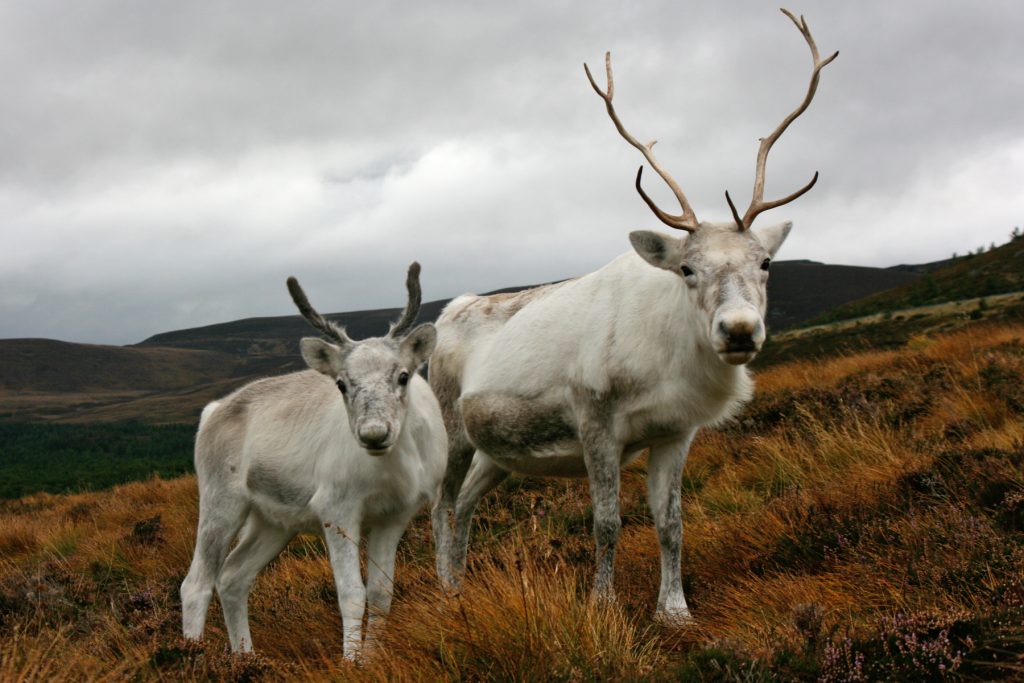
Possibly the headstrong attitude came with the name. She was born the year we named the calves after ‘cakes, biscuits and puddings’, and during our naming evening we had a conversation about the name ‘Chelsea’ being too associated with the football team rather than the bun. And it sounded like a name for a footballer’s wife… Having just vetoed it, we offered our volunteer Paul – a retired joiner who has come to work with us multiple times over many, many years – the chance to pick a name for a calf. Having apparently not paid the slightest attention to the entire conversation, he peered at the list of possibilities and promptly picked ‘Chelsea’. We rolled our eyes and gritted our teeth… and named her Chelsea.

Sally and I had Chelsea on our Christmas team that winter, and were rather embarrassed by her name so we called her Tiffin for a few days. But names just become names, and Chelsea became Chelsea whilst Tiffin disappeared into the ether.

Chelsea had her first calf at 3 years old, in our diamond anniversary year of the herd. So we named her Diamond, and she has proved to be a lovely reindeer over the years, mellow where Chelsea is feisty, but she looks very, very similar.
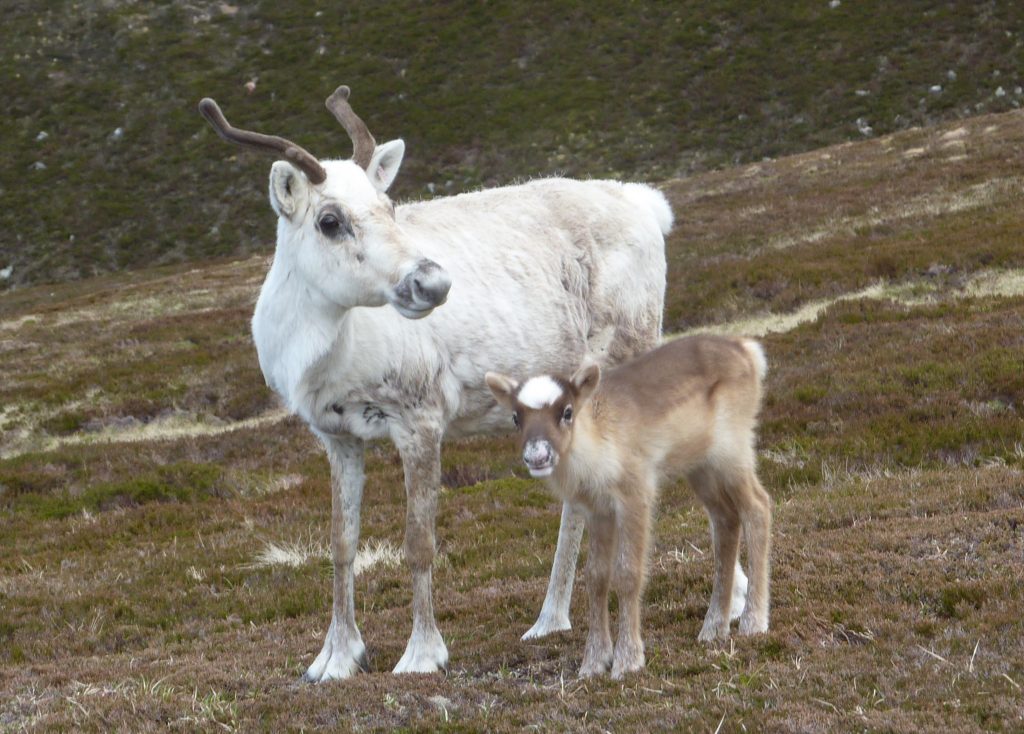
In 2015 Diamond reached maturity and in 2016 she had her first – and only – calf, Pagan. 2016 was also the year when Chelsea and Diamond both grew such similar antlers that year that we continuously got them muddled up. The photo below seems to be the only one I have of the two of them together that year – but look how similar!
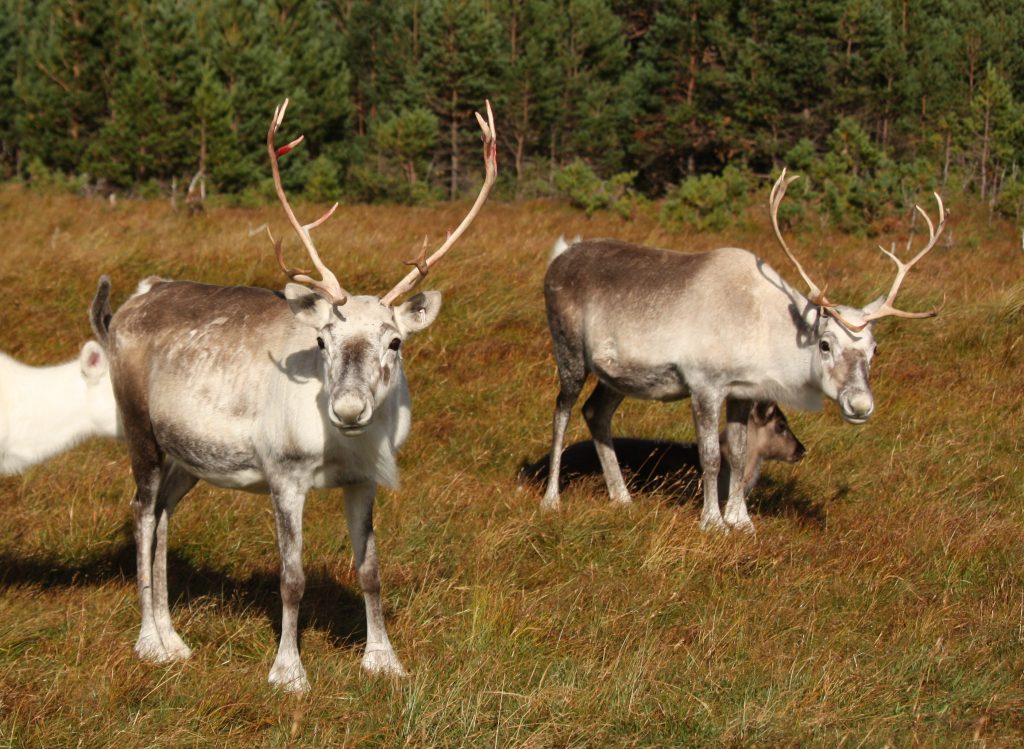
Chelsea did mellow a bit with age, but remained a reindeer that never willingly allowed herself to be caught. In a moment of necessity I did once make a bid to catch her by her antlers out on the mountains – once the velvet has stripped away from the antlers no feeling remains, so antlers can occasionally be useful emergency handles – but regretted it immediately, and had bruises to show for my bad decision afterwards.

Dying in early 2022 at nearly 13 years old, Chelsea lived a full and rewarding life, most of her time spent roaming freely out on the mountains. Whilst she had a few calves, most were males who we didn’t breed from, so only Diamond continued her line. Grand-daughter Pagan has sadly gone now too, but she has left daughters Pumpkin and Winnie behind – Chelsea’s great-granddaughters – so Chelsea’s legacy continues. The light colour has gone though – both of this most recent generation are the ‘normal’ brown colour.
Hen

